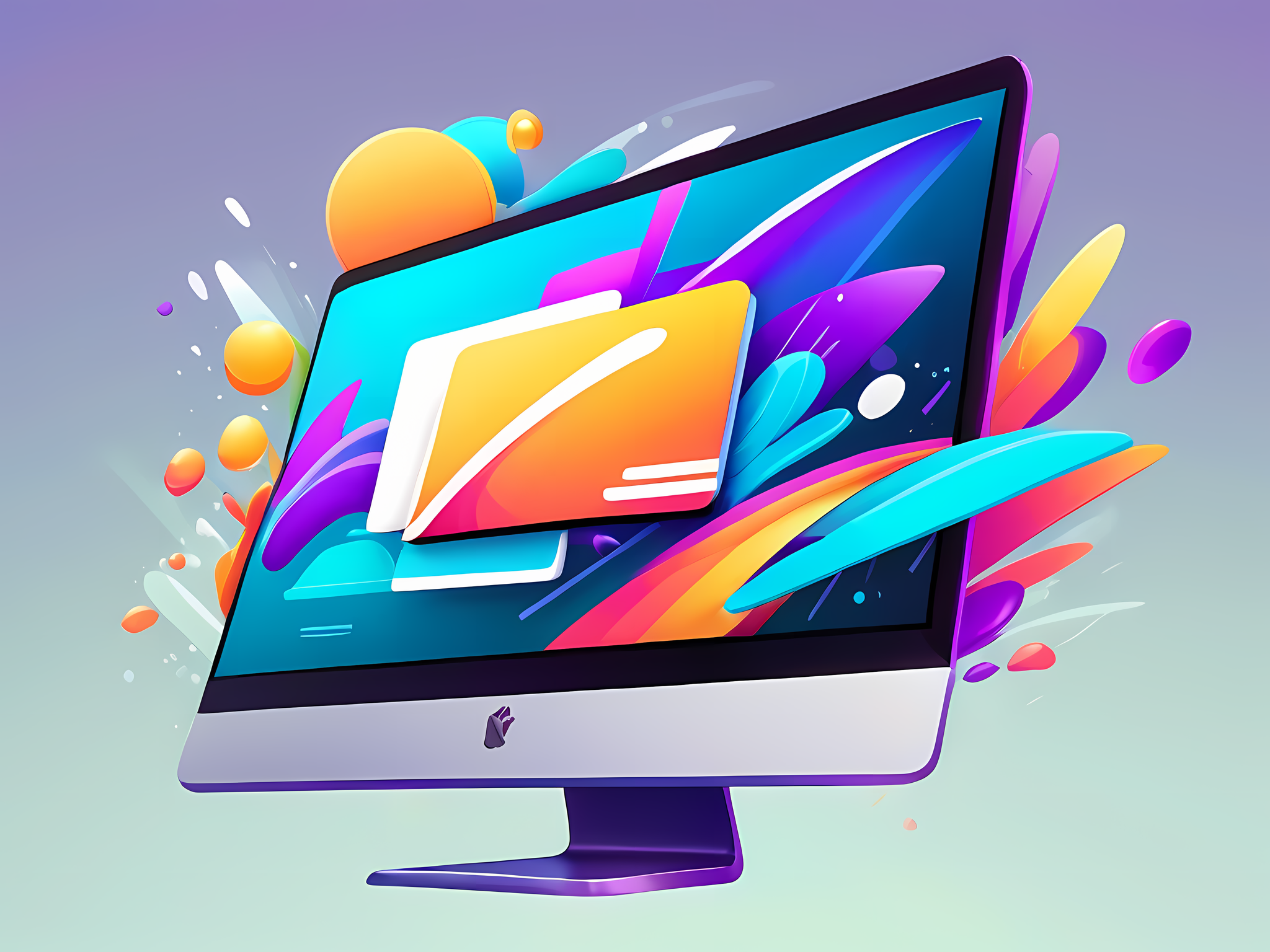Ever looked at a website and thought, “Where am I supposed to start?”
That’s a sign of poor visual hierarchy.
When things are just slapped on a page with no rhyme or reason, it’s a mess. And no one has time for a mess.
If you’re designing anything—a website, a flyer, an app—then principles of visual hierarchy are what make it easy to follow.
Let’s break down why this matters and how you can make it work in your designs.
What is Visual Hierarchy?
Visual hierarchy is like a roadmap for people’s eyes.
It’s how you control what they look at first, second, and last.
A good visual hierarchy means a visitor sees exactly what you want them to see when you want them to see it.
Think of it like walking into a room: you notice the biggest, boldest thing first, right?
That’s visual hierarchy at work.
And if you’re doing it right, your audience won’t even realise you’re guiding them.
Why Does Visual Hierarchy Matter?
Visual hierarchy keeps people on the page.
It’s the difference between someone sticking around to read or clicking away in seconds.
Without it, your design’s like an unsorted pile of notes—it doesn’t make sense, and it’s hard to find the important stuff.
On the other hand, if each element is laid out clearly, people can skim easily.
They know where to look and what’s important.
So, whether it’s a headline, a button, or a product shot, each element in your design has its place.
Key Elements of Visual Hierarchy
Now let’s get into how to create visual hierarchy.
You’ve got five main tools to work with: size, colour, position, whitespace, and typography.
Each one does a different job, but together they make for a design that’s easy to follow.
1. Size and Scale
Let’s start with size.
Big elements scream, “Look at me!” while smaller ones whisper, “I’m here if you need me.”
This is why headlines are usually the largest thing on a page.
If your heading isn’t grabbing attention, it’s like starting a conversation in a mumble.
- Example: Think of a landing page with a bold headline at the top, followed by smaller text explaining the product or offer.
The larger the element, the more important it is.
2. Colour and Contrast
Colour is your friend.
Bright colours and contrast can make something pop out of a page full of neutrals.
This is especially powerful for calls to action.
You’ll notice that most “Buy Now” or “Sign Up” buttons are high-contrast colours that practically shout, “Click me!”
- Example: Imagine a webpage where everything is black and white, except a bright red “Get Started” button. That button is going to get clicked.
High-contrast colours also help with readability, so people don’t strain to see what’s important.
3. Position and Layout
Where something is placed changes how you see it.
In most Western cultures, people scan from left to right, top to bottom.
This “Z-pattern” is why your eye naturally goes to the top left, then moves diagonally across the page.
So, if something’s crucial, don’t stick it in the bottom corner.
- Example: E-commerce sites put product images right up top and central, then follow with pricing and a “Buy” button directly below.
Smart placement makes your design feel like a natural progression.
4. Whitespace and Proximity
Whitespace is not “empty” space—it’s breathing room.
When elements are too close, they can feel cramped and confusing.
Adding whitespace helps people zero in on what’s important.
It also lets related items “stick together” visually, so people know they’re connected.
- Example: Check out Apple’s website, where whitespace gives their products centre stage, letting the designs speak for themselves.
5. Typography and Font Weight
Fonts aren’t just for looks. They’re there to show hierarchy.
Bold and large fonts tell you “this is important,” while smaller or regular text is supportive.
Changing up the font weight, style, or size throughout your design helps guide the eye down the page.
- Example: On a blog post, you might have a big, bold title, a slightly smaller subheading, and standard body text.
Use fonts intentionally, and keep it simple—too many fonts is just clutter.
Examples of Visual Hierarchy in the Wild
Want to see these principles in action?
Let’s look at a few everyday examples where visual hierarchy makes all the difference.
Social Media Posts
Think about platforms like Instagram.
The images are big and bold because that’s what you’re there for.
Any text is small or subtly positioned since it’s secondary.
Images take centre stage because that’s what grabs people.
Landing Pages
A landing page is designed to get you to take action, fast.
So, you’ll see a big headline with a quick description, followed by a bright CTA button.
Everything is there to funnel you toward that action without distraction.
Check out HubSpot’s landing pages, where they nail this approach.
E-commerce Product Pages
On a good product page, the product image is front and centre, with the price and “Add to Cart” button close by.
Supporting details like reviews or specs are lower down so they don’t compete for attention.
This setup keeps the focus on what matters: the product and how to buy it.
FAQs About Visual Hierarchy
Q: What’s the most important element in visual hierarchy?
A: It depends on your goal, but size and placement are often top priorities. You want the biggest or boldest thing to draw attention first.
Q: Does every design need visual hierarchy?
A: Absolutely. Without it, your design’s just a jumble of elements, and people won’t know where to start.
Q: How many fonts should I use?
A: Two or three is plenty. Anything more and it starts to look chaotic.
Final Thoughts on Using Visual Hierarchy
Using the principles of visual hierarchy turns your designs into easy-to-follow, engaging layouts.
When people can follow along without getting lost, they’re more likely to stick around.
So, test these principles on your next project and see the difference.
It doesn’t have to be complicated—just keep things clear, keep it simple, and let the design guide the way.


